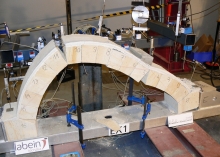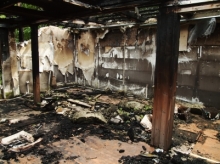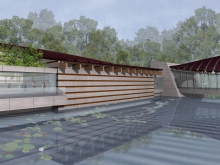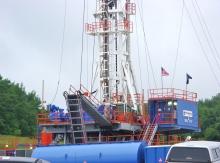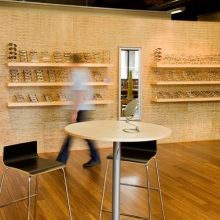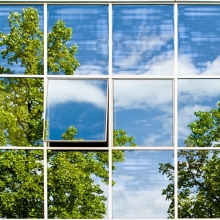Reigniting Baku: HOK's Flame Towers
Boundary-stretching architecture is helping the once oppressed city of Baku, Azerbaijan, reinvent itself. DIA Holding has several major building projects underway; in addition to the high-profile Heydar Aliyev Cultural Centre by Zaha Hadid Architects, the company is responsible for the Flame Towers project, designed by HOK.

